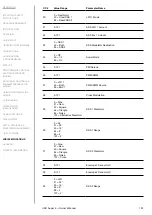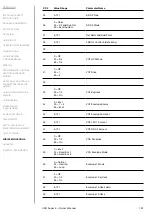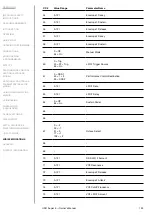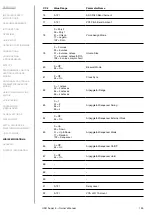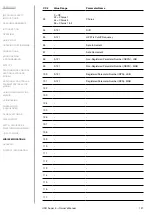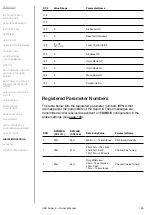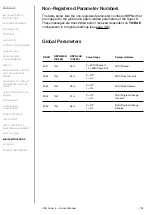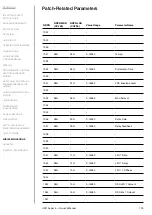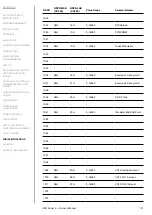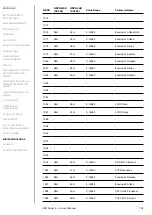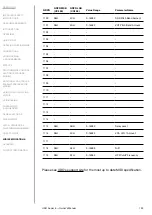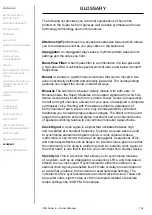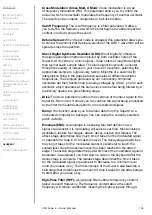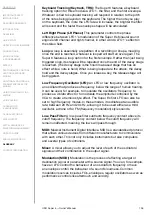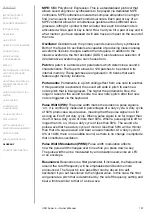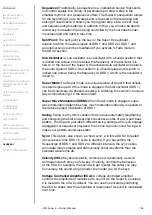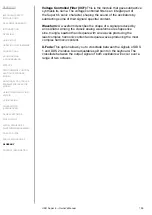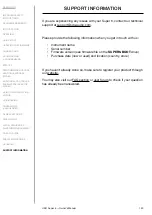
UDO Super 6 — Owner’s Manual
137
MPE:
MIDI Polyphonic Expression. This is a standardised protocol that
allows sound engines or synthesizers to be played via dedicated MPE
controllers. MPE controllers emulate the complex articulation one might
find in an acoustic instrument’s individual notes. Each pad or key of an
MPE controller allows for simultaneous gestures across different axes
(pressure, left/right, up/down) that will alter how each individual note is
articulated while a pad or key is held. How hard you hit a pad or key and in
what manner you have released it will also have an impact on the sound of
the note.
Oscillator:
Oscillators are the primary sound sources of any synthesizer.
Both of the Super 6’s oscillators are capable of producing classic analog
waveforms like sine, triangle, sawtooth and square. In addition to the
classic waveforms, the first oscillator (DDS 1) also features a selection of
32 alternative waveforms you can choose from.
Patch:
A patch is a stored set of parameters which determine a sound’s
characteristics. The Super 6 allows for 128 patches to be stored in its
internal memory. These patches are organised in 16 banks that each
feature eight memory locations.
Portamento: Portamento is a pitch sliding effect from one note to another.
If this parameter is activated, the sound will slide in pitch to each new
note’s pitch that is being played. The higher the portamento time, the
longer it takes for the sound to slide to a new note’s pitch after that new
note is triggered via the keyboard.
Pulse Width (PW):
The pulse width marks the duration a pulse signal is
‘on’. It is commonly measured in percentages of a duty cycle. A duty cycle
of 50% produces a square wave, meaning that the pulse signal is on for
as long as it’s off per duty cycle. When a pulse signal is on for longer than
its off, it has a duty cycle of more than 50%. When a pulse signal is off for
longer than it’s on, it has a duty cycle of less than 50%. The sound of a
pulse wave that has a duty cycle of more or less than 50% will be thinner
than that of a square wave and bear a nasal character. At a duty cycle of
0% or 100% there is no audible sound, as there is no change in amplitude
that constitutes oscillation.
Pulse Width Modulation (PWM): Pulse width modulation affects
how the pulse width changes over time while you press down a key.
The pulse width can be modulated by a modulation source like an LFO
or an envelope.
Resonance: Resonance is a filter parameter. If increased, the frequencies
around the cutoff frequency will be emphasised and become more
pronounced. The Super 6’s low-pass filter can be driven into self-
oscillation if you set resonance to the highest value. In this case, the filter
will generate a pitch that is determined by the cutoff frequency setting and
bear a timbre similar to that of a sine wave.
Summary of Contents for SUPER 6
Page 142: ......

